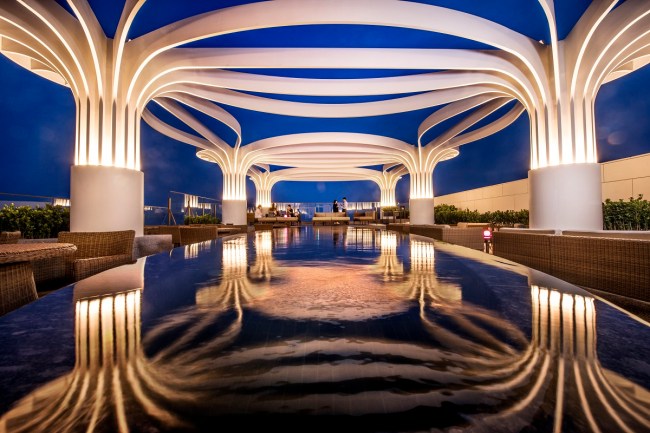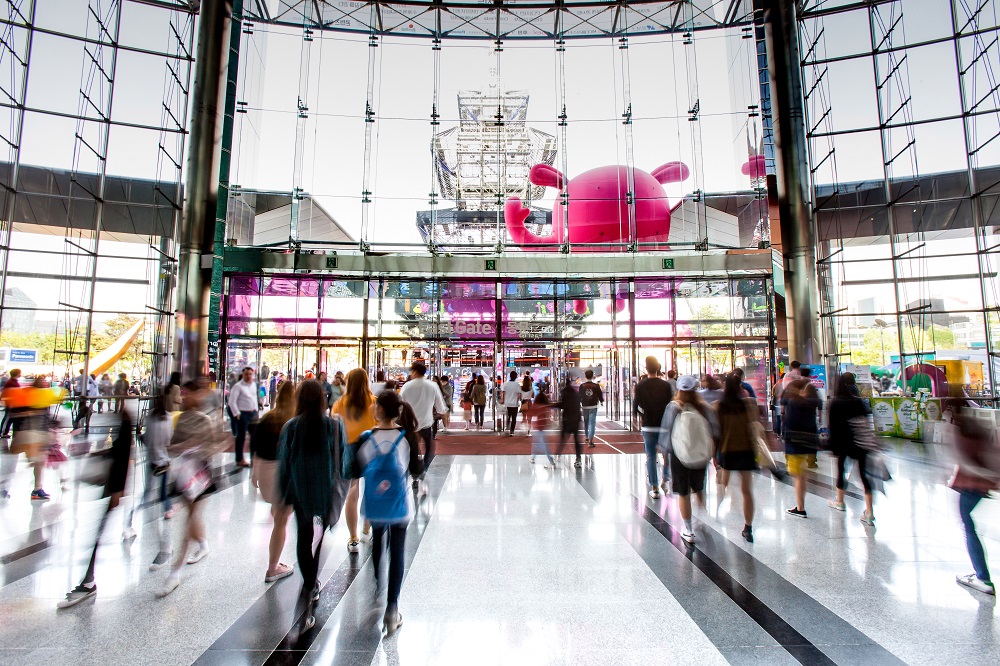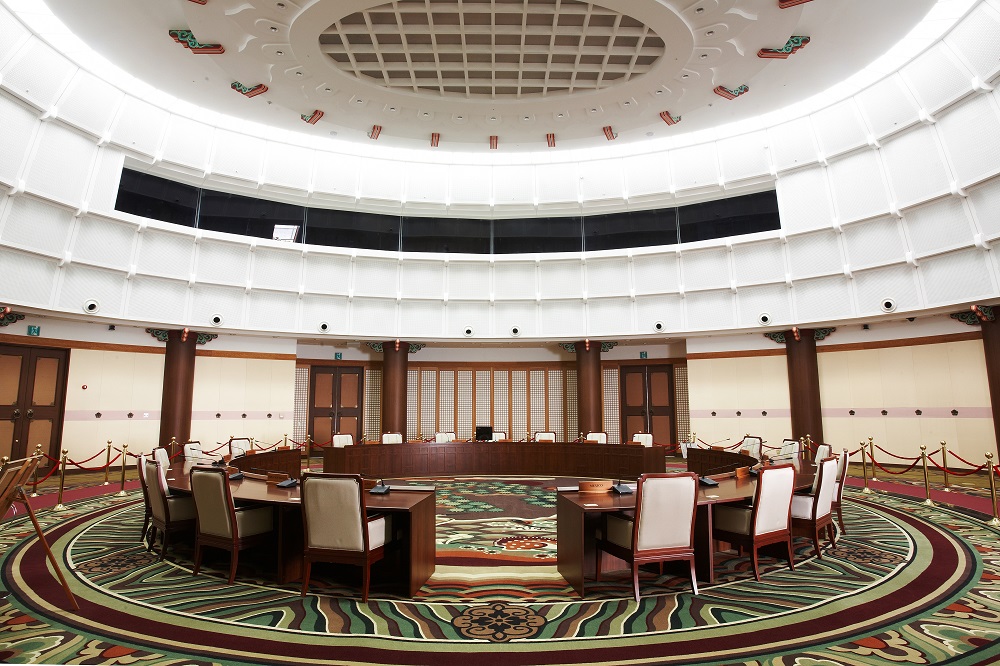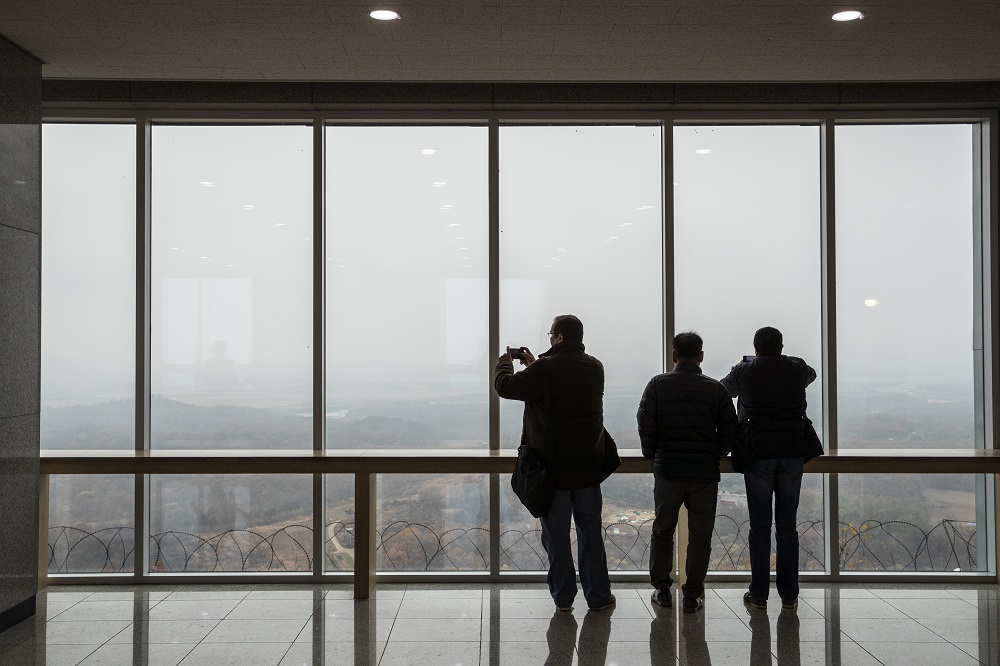
It’s easy to sell South Korea to someone who hasn’t visited before – there are so many qualities that make the destination so compelling.
The welcoming locals, traditional food and thriving shopping and nightlife culture are among the reasons why so many travellers love the country, while its infrastructure, accessibility and historic attractions are inviting for conference and incentive groups.
South Korea’s major cities offer a vast variety of experiences for groups, from beachside resorts to state-of-the-art convention centres in the heart of the city.
Seoul
As the nation’s capital city, Seoul encapsulates everything there is to love about South Korea. Think traditional restaurants serving up typical Korean feasts, hotels with the kind of attentive service that’s hard to find in most corners of the globe and venues of massive proportions. With a population of almost 10 million, Seoul is broken down into smaller districts, which are almost cities within themselves.
Gangnam, made notorious by K-pop star Psy, is the vibrant nightlife hub you expect it to be, with endless pockets of restaurants and bars to explore. Gangnam is also home to modern conferencing facilities, with COEX among the most notable venues in the area. Made up of dedicated exhibition and convention halls, hotels, a large retail centre and office towers, the COEX MICE cluster is dubbed a micro-city, given it spans an area of more than 190,000 square metres.
With more than 100 meeting spaces for up to almost 20,000 delegates, you’ll likely be overwhelmed by its grand scale. Yet somehow the well-designed complex seems manageable – perhaps that’s a reflection of the friendly staff and locals that are quick to help you find your way. And if you do get lost, there’s a chance you’ll end up in the Starfield Library, where you could spend hours exploring the some 70,000 books and magazines that scale the 13-metre-high shelves.

Korea’s rich cultural history is on display at Gyeongbokgung Palace, a designated historic site and busy tourist hotspot. Built in 1395, the palace bears a tumultuous past, having been destroyed by fire during the Japanese invasions in the late 1500s, reconstructed in 1867 and later largely torn down during the Japanese occupation in the early 20th Century.
An effort to fully restore Gyeongbokgung Palace has been ongoing since 1990, and now visitors can explore many of the rebuilt structures and their intricate detailing. Here, you’ll see flocks of tourists arriving in hanboks, Korea’s colourful traditional attire that was once worn daily and is now reserved for special occasions or anniversaries.
For another glimpse into Korea’s history, Korea House showcases traditional cuisine and culture in a tranquil setting for corporate events and dinners. The outdoor courtyard caters for groups of up to 250 delegates, while a number of smaller rooms are on offer such as Cheongwoojeong, an octagonal pavilion perfect for 12 people. Events at Korea House are complete with traditional dance performances, team-building experiences and Korean feasts fit for a king.

Busan
Hop on board the KTX, the country’s high-speed rail system, and you’ll find yourself in South Korea’s second-largest city, Busan. The port city does a mighty fine job of stacking up against Seoul as a business event destination but is also a welcome contrast to the bustling metropolis.
While Busan’s sprawling beaches and seaside restaurants often take the limelight, the city is also home to world-class venues, such as Busan Exhibition and Convention Center (BEXCO), an eight-storey complex made up of exhibition and convention halls plus a 4000-seat auditorium for ultra-large corporate events. Groups can walk in the footsteps of Asia Pacific leaders at Nurimaru APEC House, also operated by BEXCO, which was built for the 2005 APEC Summit. Now the waterside venue is available to hire for conferences and events, with a 361-squaremetre conference room located on the top level and a large outdoor area for cocktail functions at the venue’s entrance.
Busan isn’t short of premium accommodation for corporate groups, most notably Hilton Busan, a seaside urban resort located minutes away from the Haeundae Beach district. With 310 rooms, four restaurants and bars, architecturally designed common spaces and two ballrooms, Hilton Busan offers first-class facilities against a picturesque backdrop of the Korean coastline.
A trip to Busan isn’t complete without a sunset yacht sail, to take in the grandeur of the city skyline from afar. Local yacht club The Bay 101 can host groups on board their fleet of yachts by day, before hosting a private dinner or cocktail event at the faciltity as the sun sets. The Bay 101 features a conference room and rooftop event space, offering plenty of options for a seaside event.

Gyeongju
One of South Korea’s lesser known cities, Gyeongju is located north of Busan on the east coast. Famous for its tombs, temples, pagodas and palaces, Gyeongju is quite rightly referred to as a “museum without walls”. Among the historic treasures is Donggung Palace and Wolji Pond, which served as a site for special events during the Silla dynasty (57 BC – 935 AD) and now offers visitors a glimpse into South Korea’s past. The site is best viewed at night, to see the palace lights reflected on the pond.
Bulguksa Temple is also a must-see for groups wanting to explore South Korea’s buddist culture. A UNESCO World Heritage Site, the temple offers guided tours as well as overnight stays for groups. Gyeongju is home to many traditional restaurants, where Korean cuisine is in its most authentic form.
Don’t miss the opportunity to try ssambap, which translates literally to wraps and rice, and sees diners make their own lettuce wraps filled with rice, vegetables, meat and condiments. Centrally located restaurant Byeolchaeban Gyodong Ssambap serves up the dish in true Korean style, covering the tables with bowls and tiny ramekins filled with kimchi, noodles and other fermented foods.

Incheon
Home to the country’s largest airport, Incheon is a busy hub connecting South Korea to the rest of the world. But Incheon offers more than a stateof- the-art international airport; it’s brimming with new hotels, large convention facilities and leisure activities for groups. Among the event spaces for large-scale corporate events is Arts Center Incheon, which opened in late 2018, and Songdo Convensia, with expansive exhibition and meeting spaces. Impressive hotels are also aplenty and Paradise City Incheon may be one of the most extravagant on offer.
Not only does the integrated resort complex feature two luxury hotels, there’s also an indoor theme park, nightclub, art gallery and convention centre onsite. You don’t need to spend long in South Korea to understand why it’s becoming a bucket list destination for travellers and business event organisers alike. But if you can, spend some time getting to know the destination’s diverse regions, which each offer myriad reasons to love South Korea.
VISITING THE BORDER
For groups curious to learn more about the history between North and South Korea, travellers can visit the Korean Demilitarized Zone (DMZ), which winds across the Korean Peninsula and was formed at the end of the Korean War. Within the DMZ is the Joint Security Area (JSA) where North and South Korean leaders engage in talks and negotiations. While civilians are prohibited from visiting the DMZ by themselves, group tours led by a recognised provider can access the area.
The JSA tour takes groups inside the conference room where negotiations are held, with the opportunity to cross the border momentarily while in the room. However, given the JSA is run by the UN, the tours can be cancelled at the last minute depending on conditions. As an alternative, groups can venture 70 metres underground to the third infiltration tunnel, which was discovered in 1978 and said to have been dug by North Korea in an attempt to infiltrate the South. The Dora Observatory also offers groups a chance to view North Korea from afar.

This article originally appeared in the Spring issue of Spice Magazine.
Subscribe to receive future issues.
